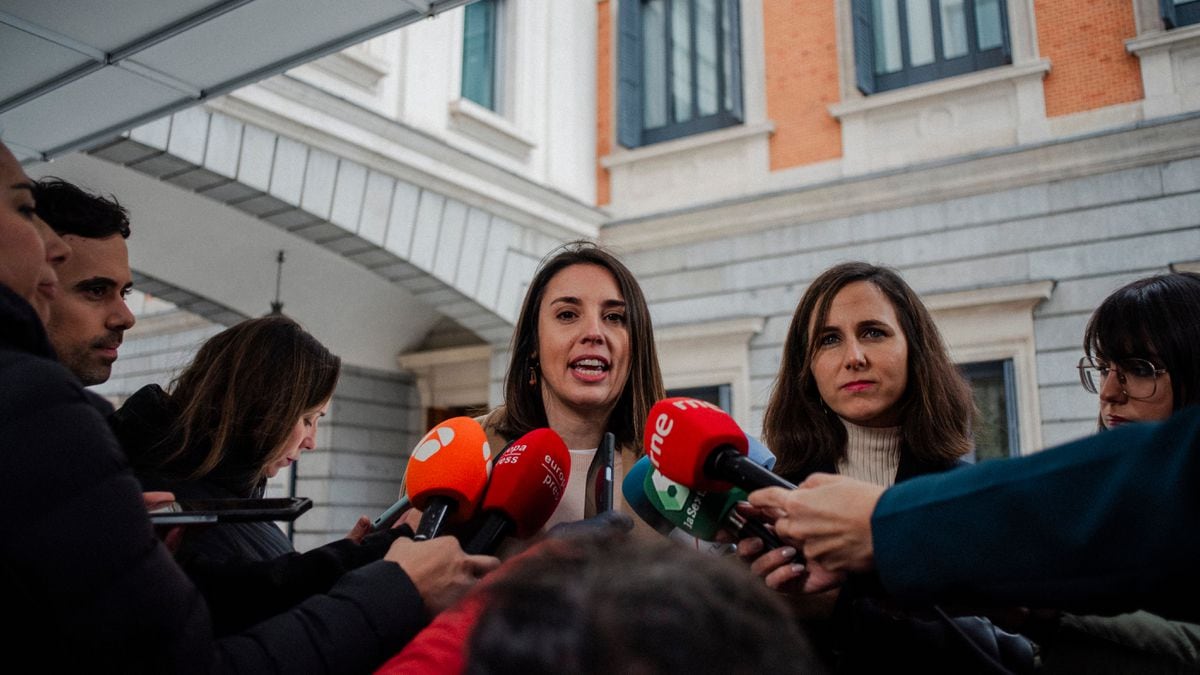The invasion of Ukraine brings with it a time of rearmament and that means a lot of money.
Hence, it is no longer enough for NATO that the allies try to spend 2% of their GDP on defense each year.
“This is being seen more and more as a floor, not as a ceiling”, the secretary general of the organization, Jens Stoltenberg, has come to say several times during this week of the Alliance summit held in Madrid.
The announcement by the British Prime Minister, Boris Johnson, on Thursday that he is going to reach 2.5% has been an accolade for this speech.
01:01
Stoltenberg, to Russia: "We are prepared for everything"
The United Kingdom is one of the nine NATO countries that already meets that objective that the allies agreed in Wales in 2014 and that the remaining 21 do not reach.
The other eight are Greece, the United States, Poland, Lithuania, Estonia, Latvia, Croatia and Slovakia.
Romania rubs it.
Since that goal was agreed upon (then only the United States and Greece met it), investment has increased considerably.
Stoltenberg quantifies this increase at around 330,000 million euros, reaching almost 1.14 billion euros dedicated to defense in 2022 by all the allies, a figure less than that of the Spanish GDP.
More information
Last minute of the war in Ukraine, live
Many of the defaulters have pledged to quickly reach this bar.
"Nineteen allies have clear plans to reach [2% spending] in 2024," Stoltenberg stressed during the summit.
One of them is Germany, which shortly after Vladimir Putin's war began announced a historic turn in its policy by investing 100,000 million in defense.
Also Spain, although in this case the road to reach the minimum bar is going to be long, because now it is one of the countries that invests the least in its Armies, 1.01% of GDP.
Only Luxembourg is below.
The president of the United States, Joe Biden, has applauded this decision, and also other similar ones, such as that of the Czech Republic.
The NATO Secretary General has indicated at the closing press conference of the summit that the allies have also agreed to a "significant increase" in the Alliance's common budget, although the exact figures are yet to be defined.
An approximate figure can be found in the calculations made by the European Commission: just reaching the 2% target by the allies that are also part of the EU will boost spending by around 60,000 million a year.
This huge amount of money and the urgency to disburse it represent a challenge for an industry that until recently was almost outlawed, especially in Europe.
In fact, the EU itself planned to classify it as “socially unsustainable” in its social taxonomy to guide future investments.
This view has changed with the war – at least in the corridors of Brussels – but increasing production capacity will take much longer.
Getting this industry ready to respond to the demand that is coming is one of the obsessions of the European Commission.
The Community Executive has been willing to provide financing for the purchase (until now it could only help with the investigation).
It also seeks to involve the European Investment Bank.
The main fear of the community authorities is that the resources allocated to arms purchases will go to the other side of the Atlantic, to the United States (with a very powerful industry), and with it also the jobs and economic activity that this generate.
A clear example that this is not an unfounded fear has been seen in Germany, which in one of the first steps of its announced rearmament has chosen to buy US planes.
The decision has drawn the ire of France.
Despite everything, there may also be supply problems in the United States, according to what a recent article by the British institute for defense studies, the Royal United Services Institute, points out, at least with regard to the manufacture of ammunition and in a context in which that the war in Eastern Europe is reducing its availability in arsenals.
“The victor in a protracted war between two quasi-peer powers remains based on which side has the stronger industrial base.
A country must have the capacity to manufacture massive amounts of ammunition or have other manufacturing industries that can quickly become ammunition producers.
Unfortunately, the West no longer seems to have either of these things”, emphasizes its author, Alex Vershinin.
Follow all the international information on
and
, or in
our weekly newsletter
.
50% off
Exclusive content for subscribers
read without limits
subscribe
I'm already a subscriber





/cloudfront-eu-central-1.images.arcpublishing.com/prisa/Z6ZRII4DCQHR3STPMYZMCKBRI4.jpg)
